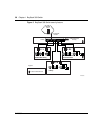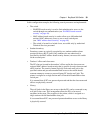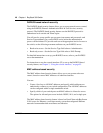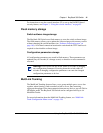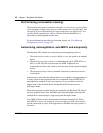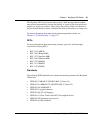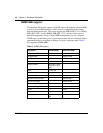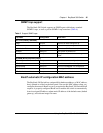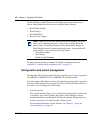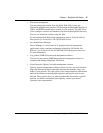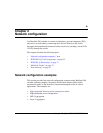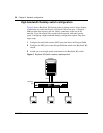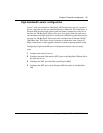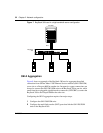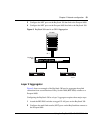
46 Chapter 1 BayStack 380 Switch
212859-A
The BootP Request Mode field in the IP Configuration screen allows you to
choose which method the switch uses to broadcast BootP requests:
• BootP When Needed
• BootP Always
• BootP Disabled
• BootP or Last Address
For more information and an example of a BootP configuration file, see
Appendix F, “Sample BootP configuration file,” on page 211.
Configuration and switch management
The BayStack 380 Switch is shipped directly from the factory ready to operate in
any 10BASE-T, 100BASE-TX, or 1000BASE-TX standard network.
You must assign an IP address to the switch, depending on the mode of operation.
You can set both addresses by using the console port or BootP, which resides on
the switch. You can manage the switch using:
• Console interface
The console interface allows you to configure and manage the switch locally
or remotely. Access the CI menus and screens locally through a console
terminal attached to your BayStack 380 Switch, remotely through a dial-up
modem connection, or in-band through a Telnet session.
For information about the console interface, see Chapter 3, “Using the
console interface,” on page 93.
Note: Whenever the switch is broadcasting BootP requests, the BootP
process will eventually time out if a reply is not received. When the
process times out, the BootP request mode automatically changes to
BootP Disabled mode. To restart the BootP process, change the BootP
request mode to any of the three following modes:
• BootP When Needed
• BootP Always
•
BootP or Last Address
.



